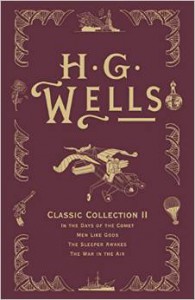As publishers “in-training” we are taught to develop various publishing and workplace skills that will enhance our brand and careers. One such essential skill that we are encouraged to develop is our presentation skills. On May 23 2016, we delivered our first assignment for our workplace module. The task was to deliver a presentation on our work experience in our various publishing related organisations.
This assignment was peculiar in two ways. First, it was an individual presentation; unlike all our previous presentations where we had to work in groups.
Secondly, it was (kind of) the culmination of all the presentations we had had to deliver on the whole course. By now, I suppose, we were expected to deliver a nearly excellent presentation.
Reflecting on my past group presentations, like the very first one where we presented research on bookshop sales and marketing activities, I realise I have learnt a lot. My first ever presentation was a daunting task. When it was my turn to speak in the group, I was tensed and stuttered almost all through the exercise. Halfway through my speech though, I said something that got the class cracked up in laughter and this calmed me down a bit and helped me through my slide. Some groups delivered great presentations – or so I thought.
Between my first and last presentations, I have had to participate in three others, and each time, I went away thinking of a hundred things I could have done better. I recount one particular presentation where I totally lost track of what I was saying, went blank and simply had to apologise and excuse myself. I went away feeling terrible about how I had let my group down.
But today as I took to the lectern to deliver my presentation, I realized all these experiences had sharpened my presentation skills. I was poised to deliver the best presentation I would yet give on the MLitt course, and thank God I did my very best, I knew I did.
At the end of the class, our module coordinator extended congratulations to everyone for such quality presentations. I believe we were all well deserving of her praise, because we have improved over the months and become the best we can be – at least for now.
With this skill in hand, I keenly look forward to all the great presentations I hope to deliver in my publishing career, thanks to all my lecturers. This is one of the many reasons why I am glad I joined the MLitt Publishing Studies course in Stirling.
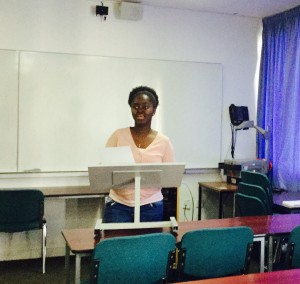
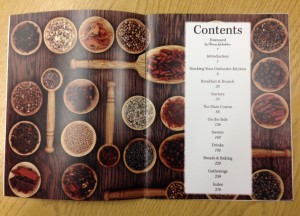
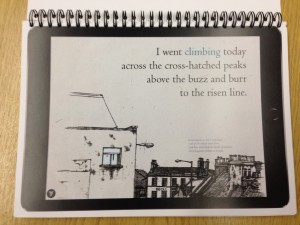

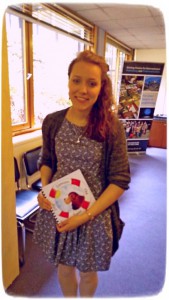

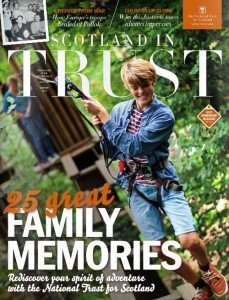
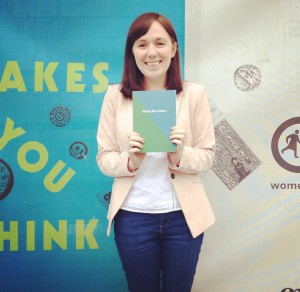 In November of last year, I began a publishing internship with
In November of last year, I began a publishing internship with 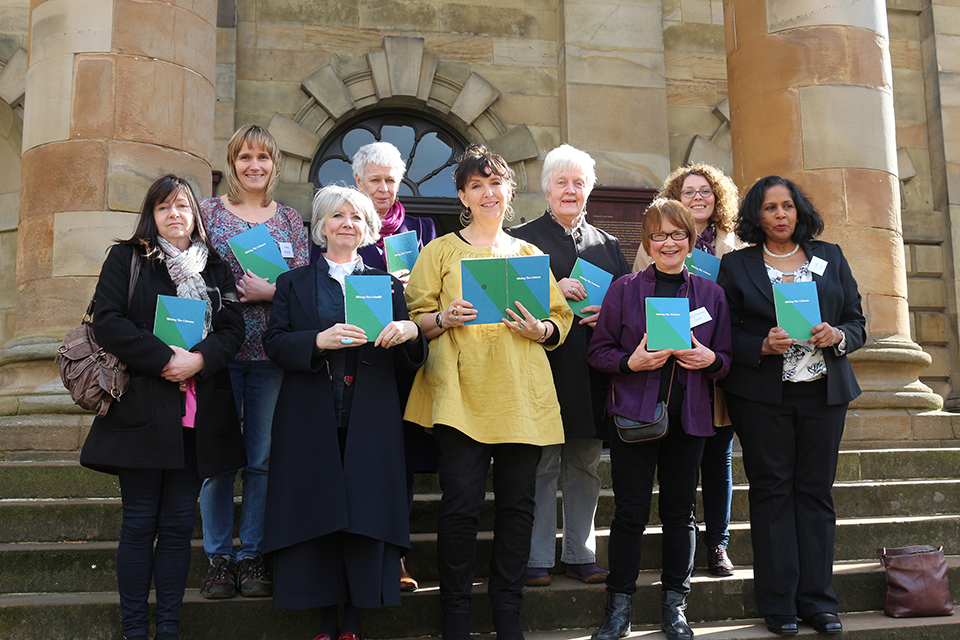
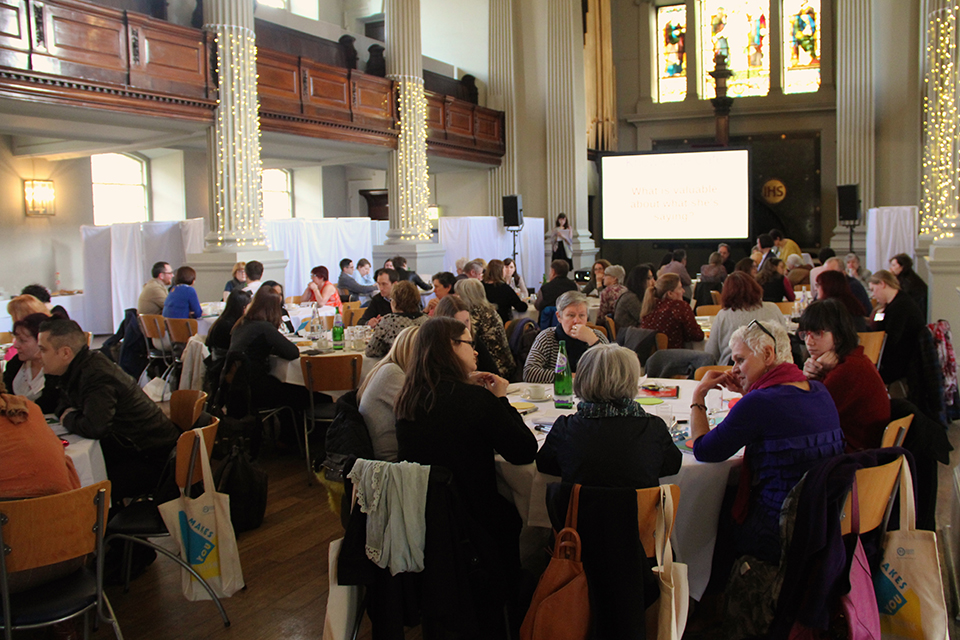

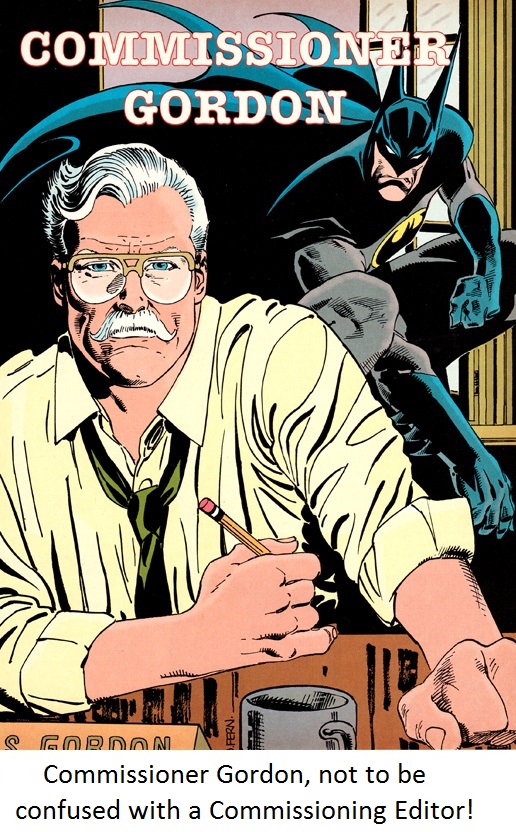 Mere weeks into starting his job, the company was sold on to
Mere weeks into starting his job, the company was sold on to 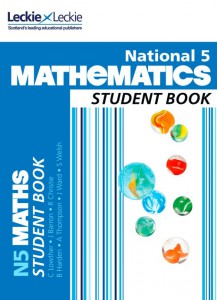 To create an authoritative text, you need to wait until the tinkering by the SQA is done. “People want to have something that they can open up and use,” he explains; they need to be patient at times in order to create a high quality, accurate product. Within that there are additional opportunities to spark interest and differentiate themselves using exercises, hints and tips, word banks, glossaries and so on.
To create an authoritative text, you need to wait until the tinkering by the SQA is done. “People want to have something that they can open up and use,” he explains; they need to be patient at times in order to create a high quality, accurate product. Within that there are additional opportunities to spark interest and differentiate themselves using exercises, hints and tips, word banks, glossaries and so on.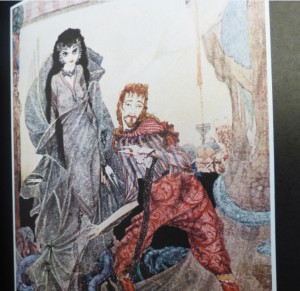
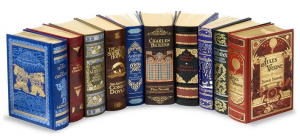
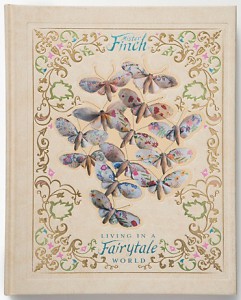 For anyone interested in quirky art, this is the book for you.
For anyone interested in quirky art, this is the book for you. 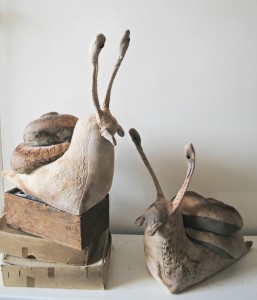

![H. G. Wells Set [3 Vols] Classics of Science Fiction The Time Machine, The Invisible Man, The War of the Worlds - Folio Society](https://www.publishing.stir.ac.uk/wp-content/uploads/tmp/folio-300x240.jpg)
